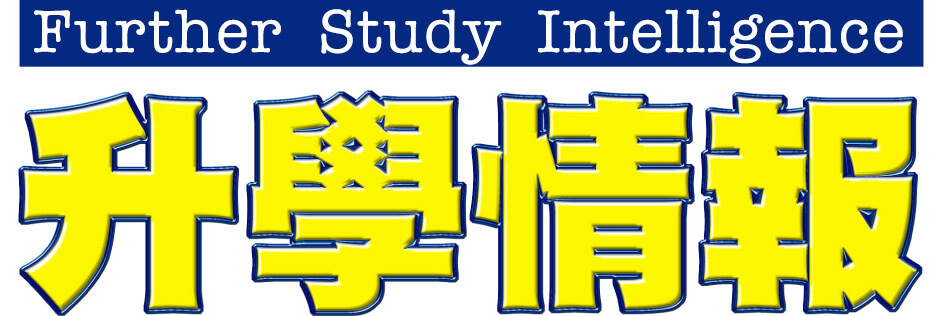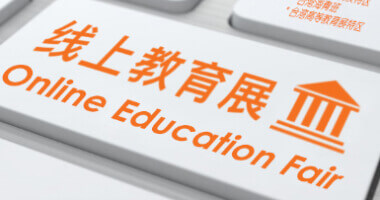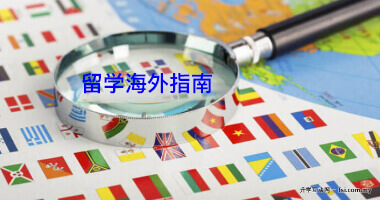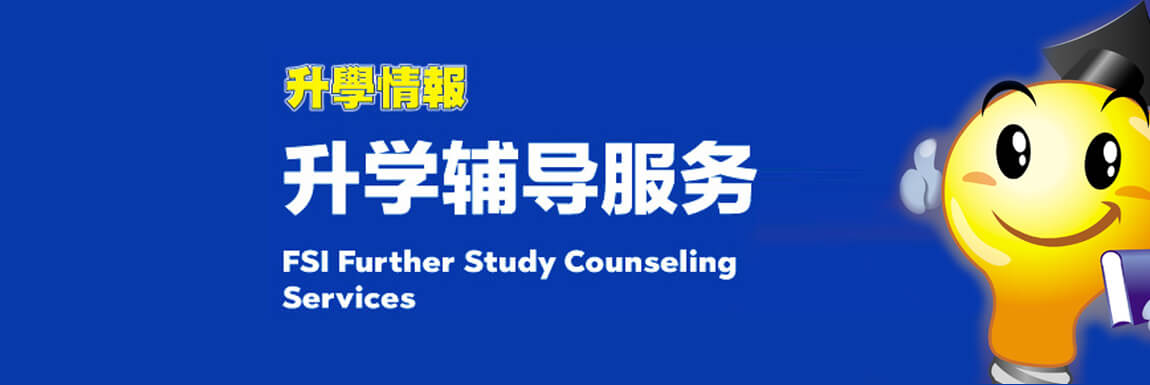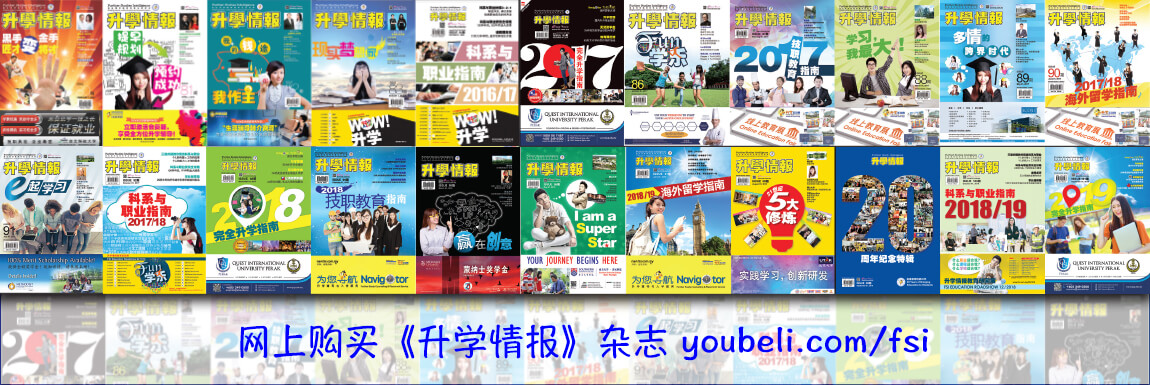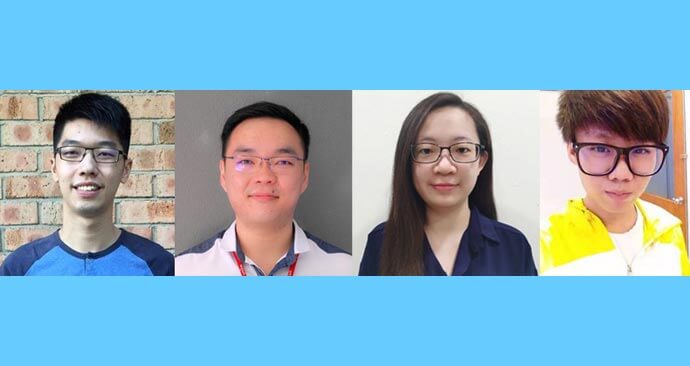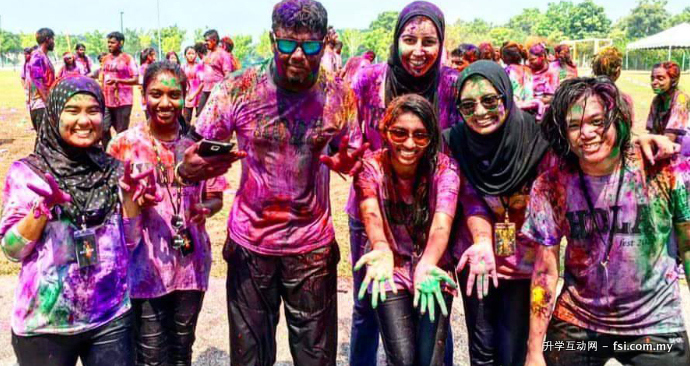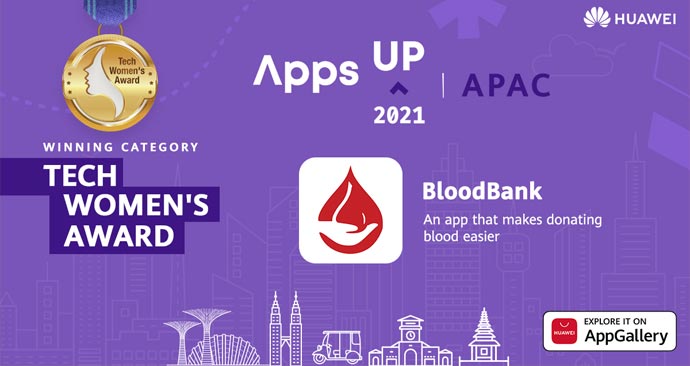UTAR Centre for Biodiversity Research (CBR), the Faculty of Science (FSc) and the Institute of Postgraduate Studies and Research (IPSR) jointly organised the Local Herbs Day for the first time at UTAR Kampar Campus on 8 April 2017.
Attended by over 150 participants consisting UTAR staff, students and the general public, the community outreach event was themed ‘Health, Cleanliness and Remedy’ and served as a platform in introducing as well as raising awareness on the usages of local herbs.

Dr Teh welcoming the participants.
According to Organising Chairperson Dr Teh Lai Kuan, Malaysia’s tropical weather engenders the prolific growth of a variety of local herbs but some of their proper usages remain unknown. “As this event introduces us to the local herbs, we are proud to have four speakers, from Malay, Chinese and Indian background, to provide their insights about the herbs. Besides the talks, there are also exhibition and a mini workshop on herbal soap making,” said Dr Teh.
Lending more significance to the event was the presence of four experts, namely Herbwalk Consultancy Principal Consultant Dr Abdul Ghani Hussain, KL Academy of Traditional Chinese Medicine academic Haw Ming Hock, AK Pharmacy & Naturopathy Center founder Prof Dr Ananthan N. G. Krishnan, and founder of PK Herbal Research Centre Lee Chin Yoong, who opened the participants’ eyes to the myriad local herbs and their uses in different traditions, be it Chinese, Malay or Indian.

Clockwise from top left: Dr Abdul Ghani, Haw, Lee and Prof Ananthan.
Dr Abdul Ghani, who is also a scholar in Malay Medicine, spoke about ulam as the perfect supplement for health maintenance. Inspired by his encounter with a group of elderly fishermen residing in Langkawi island, Dr Abdul Ghani discovered that the secret to their longevity lies within the simplicity of their diet and livelihood. “Their diet consists of fresh ulam as well as small fish. In fact, they rarely take poultry and only slaughter reared chicken or buffaloes for special occasions,” said Dr Abdul Ghani, as he introduced the different types of ulam as well as their scientifically proven nutritive values and medicinal properties.
The following talk titled “Applied Herbs in Family Uses” was delivered by Chinese Physician-cum-Herbal Instructor Haw. He highlighted certain precautions and considerations on the consumption of herbal medicine as the side effects of different herbs may vary. During his talk, Haw used six commonly seen local herbs, namely Kyllinga brevifolia Rottb (shortlead spikesedge), Stachytarpheta jamaicensis (blue snakeweed), Cassia obtusifolia (sicklepod), Sida rhombifolia L (arrowlead sida), Hedyotis diffusa (snake needle grass) and Cardiospermum halicacabum (balloon plant) to underline their healing properties for diseases ranging from hypertension to cancer.
Prof Ananthan spoke on “The Use of Highly Active Micro-Nutrient Formulae for the promotion of Wellness and Management of Illness” which summarised the pressing need for progressive reformation in our healthcare system. He elaborated the development and progress of healthcare and medicine and also the challenges hindering the creative progress of science, including medicine. Prof Ananthan also talked about the new concept of bio-chemical equilibrium and balance and human health, and the nature of the ideal product to maintain health and cure illnesses which is the downsizing of chemical therapeutics.
Chinese Physician-cum-Herbal Instructor Lee, who hails from Ipoh spoke about “Basic Rule to use Herbs”. According to Lee, prior to applying herbs, one will need to use the four methods of diagnosis – inspection, auscultation and olfaction, inquiry, and pulse-taking and palpation – followed by the eight principle syndromes – yin and yang, exterior and interior, cold and heat, hypofunction and hyperfunction – and then the six factors in nature – wind, cold, summer, heat, humidity, dryness and fire – to determine the use of herbs. He also demonstrated to the participants the authenticity of herbs through inspection, sensation, olfaction and tasting.
The participants also had a chance to try their hands at making herbal soap at a workshop conducted by Head of Department of Biomedical Science Dr Tan Gim Cheong. An exhibition on herbs was also another avenue for the participants to know better how certain herbs are cultivated and the ways to identify them.

Dr Tan (middle) explaining the herbal soap making process to the participants.

Participants making the herbal soap after the demonstration by Dr Tan.

Participants admiring and learning about the herbs at the exhibition.

Participants learning how to identify certain herbs.

Dr Lim thanking the participants for their support and attendance.
The inaugural event came to a conclusion with FSc Dean Assoc Prof Dr Lim Tuck Meng expressing his delight over the success of the event. “A university is an institution to create, preserve and disseminate knowledge. In UTAR, we have established an agricultural park in which we plan to build a herb garden where we could collect herbs from different traditions such as the Chinese, Malays, Indians and including Orang Asli. Hopefully this knowledge will be preserved for the future generations,” Dr Lim said. He also mentioned it will be intriguing to look into how the different traditions treat the same types of diseases and that the information collected will then be shared with the community.
拉曼大学 Universiti Tunku Abdul Rahman (UTAR)
http://www.fsi.com.my/会员专区/college-profile/?sponsor_id=168
http://www.fsi.com.my/utar
